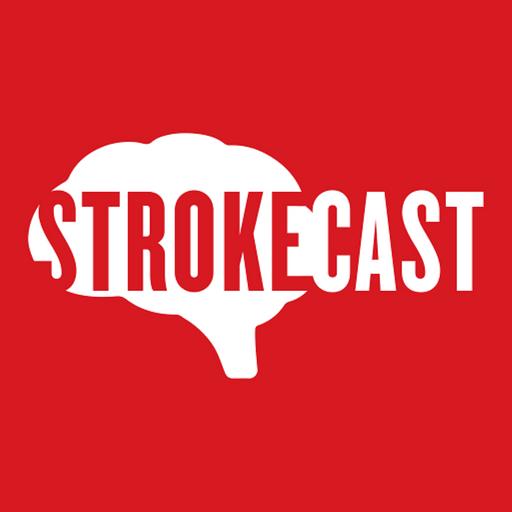
10 Jan 2023 03:00
Tone and Spasticity after Stroke with Dr. Wayne Feng
Stroke survivors with physical deficits have to fight to get the muscles moving again. They also have to fight to stop some muscles from moving.
Tone and spasticity are why our elbows curl, our fists squeeze tight, and our toes can curl under our feet so we crush our own toes as we walk.
Dr. Wayne Feng is an expert in tone and spasticity after stroke and he joins us this week to explain how we can address these challenges
If you don't see the audio player below, visit Strokecast.com/MSN/ToneBasics to listen to the conversation.
Click here for a machine-generated transcript Who is Dr. Wayne Feng?
From Dr. Feng's Duke Profile:
I am the division chief for Stroke and Vascular Neurology in the Department of Neurology at Duke Health. I see stroke patient in the emergency department, inpatient service as well as in the outpatient clinic. I also treated post-stroke limb spasticity, a disabling complication after stroke. In addition to the patient care, I also run a brain modulation and stroke recovery lab at the Duke University campus to study stroke patients in my lab to develop new stroke recovery therapy. On my days off, my boys and I are big on fishing. I enjoy drinking and collecting tea. As a stroke doctor, I do not drink coffee at all (there is a reason for it). If you come to see, I will tell you.
Current Appointments and Affiliations:
- Professor of Neurology, Neurology, Stroke and Vascular Neurology 2019
- Chief of Stroke & Vascular Neurology in the Department of Neurology, Neurology, Stroke and Vascular Neurology 2019
- Professor of Biomedical Engineering, Biomedical Engineering 2022
